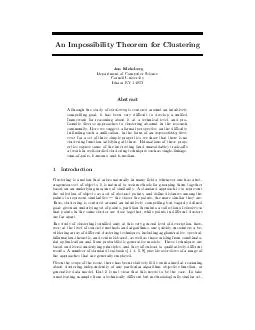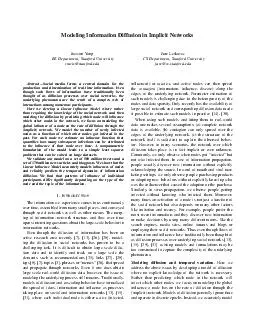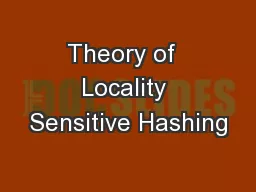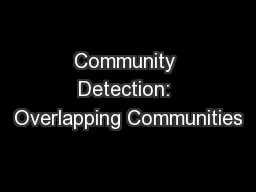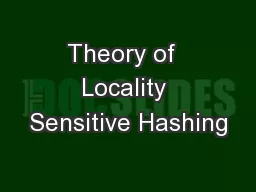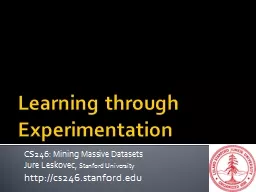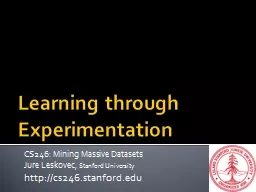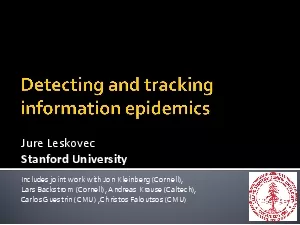PDF-Memetracking and the Dynamics of the News Cycle Jure Leskovec Lars Backstrom Jon Kleinberg
Author : celsa-spraggs | Published Date : 2014-12-01
cornelledu larscscornelledu kleinbercscornelledu ABSTRACT Tracking new topics ideas and memes across the Web has been an issue of considerable interest Recent work
Presentation Embed Code
Download Presentation
Download Presentation The PPT/PDF document "Memetracking and the Dynamics of the New..." is the property of its rightful owner. Permission is granted to download and print the materials on this website for personal, non-commercial use only, and to display it on your personal computer provided you do not modify the materials and that you retain all copyright notices contained in the materials. By downloading content from our website, you accept the terms of this agreement.
Memetracking and the Dynamics of the News Cycle Jure Leskovec Lars Backstrom Jon Kleinberg: Transcript
Download Rules Of Document
"Memetracking and the Dynamics of the News Cycle Jure Leskovec Lars Backstrom Jon Kleinberg"The content belongs to its owner. You may download and print it for personal use, without modification, and keep all copyright notices. By downloading, you agree to these terms.
Related Documents

